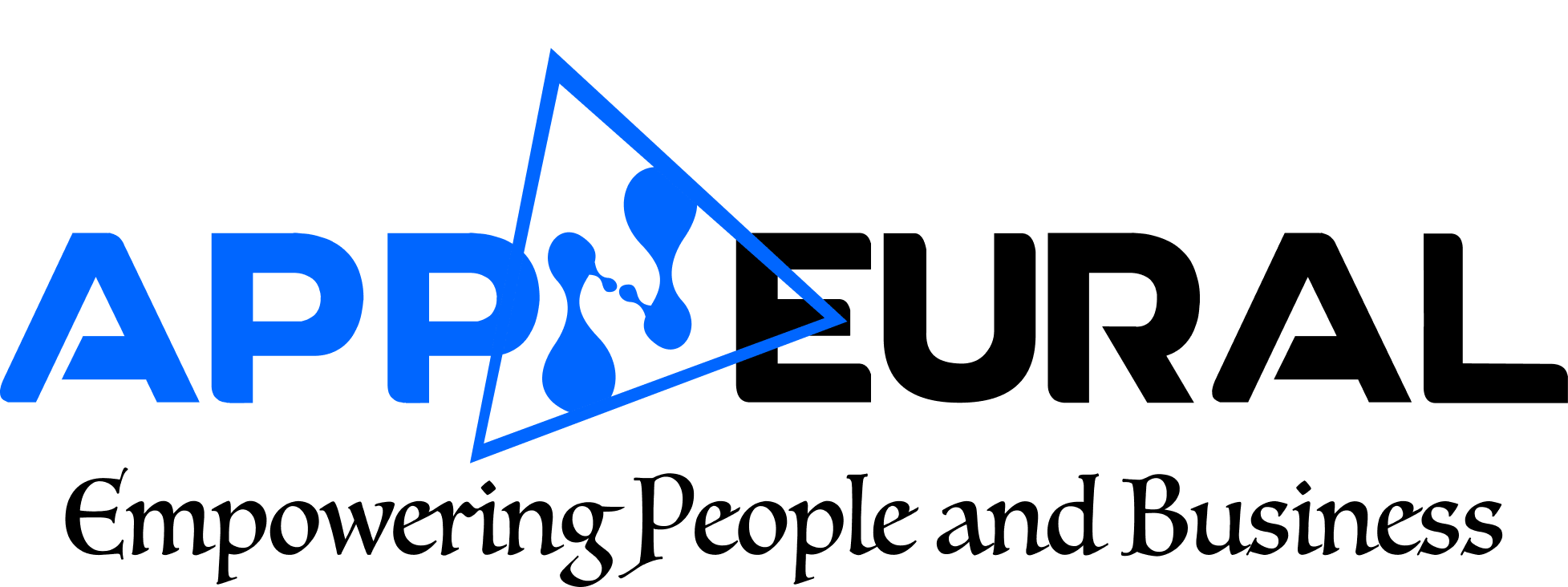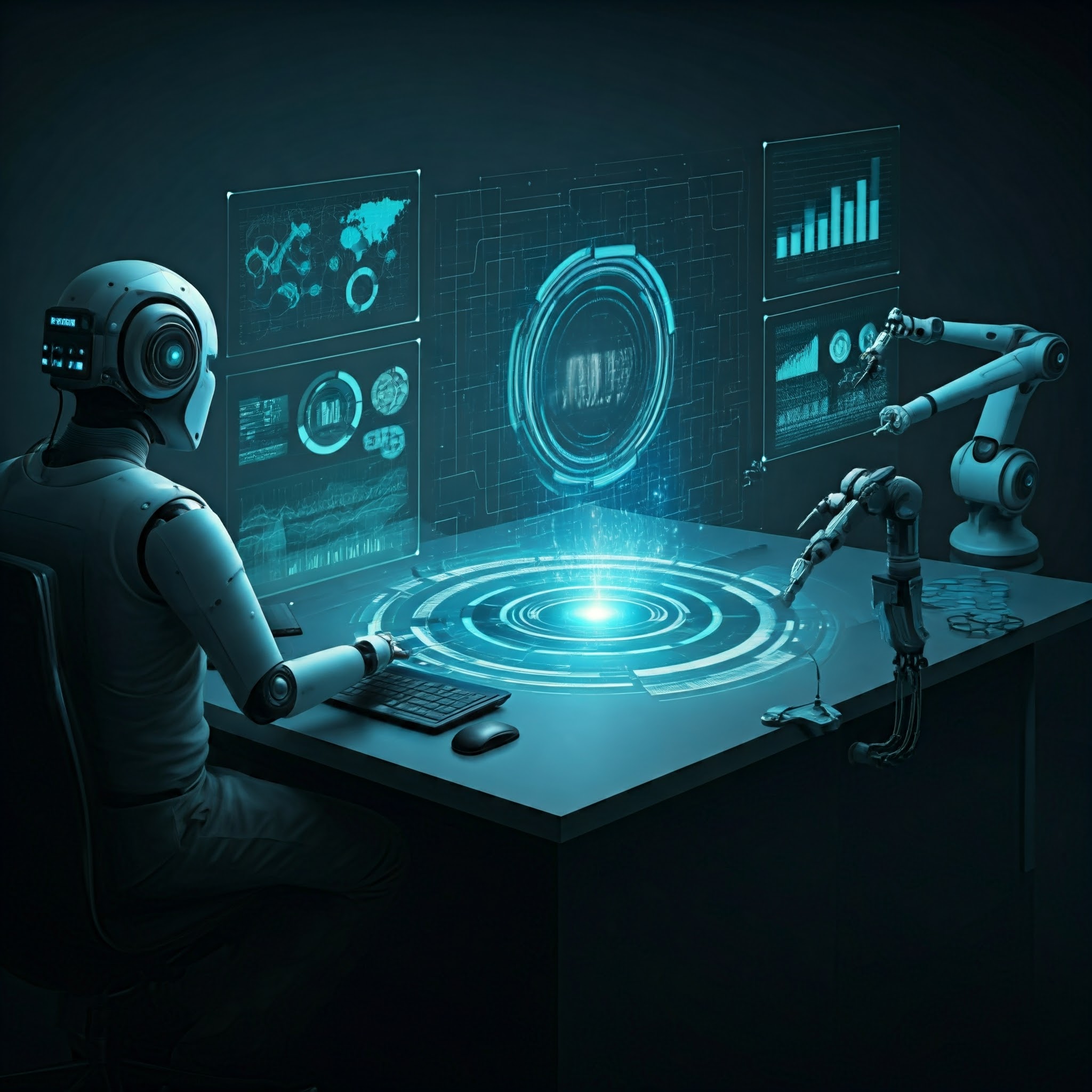How Generative AI is Revolutionizing Creativity Across Industries
In the past few years, artificial intelligence (AI) has transformed the way businesses operate, automate processes, and improve decision-making. However, AI is not just limited to productivity and efficiency—it is also making significant waves in the realm of creativity. Generative AI, a subset of artificial intelligence that uses algorithms to generate new content, is reshaping industries that traditionally relied on human creativity, from art and music to design and advertising.
This blog will explore how generative AI is revolutionizing creativity across various industries, driving innovation, and pushing the boundaries of what we once thought only humans could accomplish.
What is Generative AI?
Generative AI refers to AI models that can create new content by learning patterns and features from existing data. These AI systems, such as OpenAI’s GPT (Generative Pretrained Transformer) or DALL·E, can generate everything from written content to music, images, and even video. These models work by analyzing massive datasets and learning from them to produce original outputs that mimic the characteristics of human-created content.
Unlike traditional AI, which primarily focuses on analyzing data or solving problems, generative AI emphasizes the creation of new, unique content, often indistinguishable from human-made work.
Industries Revolutionized by Generative AI
1. Art and Design
Generative AI is causing a paradigm shift in the art and design world. Artists and designers are using AI tools to assist in creating stunning visuals, illustrations, and even entire works of art. AI-generated art can vary from abstract and surreal imagery to realistic portraits and landscapes.
Applications in Art:
Platforms like DALL·E and MidJourney allow artists to generate creative visuals by inputting text descriptions, and the AI interprets the text to create original artworks. This helps artists explore new styles, produce content faster, and discover unexpected results.
Applications in Design:
Designers are leveraging AI tools to generate logo concepts, website designs, product packaging, and even architectural layouts. AI can quickly produce multiple design variations based on set parameters, allowing designers to focus on refining the best concepts.
Example:
A fashion designer can use generative AI to create new clothing patterns by feeding the model images of previous collections. The AI generates new patterns based on trends, colors, and design elements, offering inspiration for future designs.
2. Music and Sound
Generative AI is transforming the music industry by helping musicians and composers create new melodies, harmonies, and rhythms. AI-driven tools can analyze existing songs, identify patterns, and generate new music that mimics a particular genre, artist, or era.
Applications in Music:
AI models like OpenAI’s MuseNet can generate music in various genres, from classical compositions to jazz and pop. Musicians are using these tools to explore new melodies and soundscapes, experiment with different styles, or enhance their compositions.
AI in Sound Design:
Sound designers are also using AI to create unique sound effects, ambient sounds, and soundtracks for films, video games, and advertisements. By feeding AI models with existing audio data, sound designers can generate original, complex audio environments tailored to specific needs.
Example:
A music producer uses an AI tool to generate background music for a commercial project, quickly experimenting with different genres and moods until they find the right fit.
3. Advertising and Marketing
Generative AI is a game-changer for advertising and marketing. It enables the creation of personalized, data-driven content that resonates with specific audiences. AI-generated content can include everything from tailored advertisements to social media posts and email marketing campaigns.
Applications in Advertising:
Generative AI tools are being used to develop creative ad copy, product descriptions, and even visual advertisements that align with brand guidelines. By analyzing customer behavior and preferences, AI can generate highly personalized ads that increase engagement and conversion rates.
Example:
An e-commerce company uses generative AI to create personalized product recommendations and automated product descriptions for their website, significantly reducing manual work while increasing customer engagement.
4. Film and Animation
In the film and animation industry, generative AI is being used to create special effects, animations, and even entire movie scripts. By feeding AI with data from past movies, TV shows, and animations, filmmakers can generate new storylines, scenes, and visual effects that push the boundaries of traditional cinema.
Applications in Film:
AI-generated content is being used to enhance visual effects in movies, such as creating realistic CGI characters and landscapes. AI is also assisting in scriptwriting by analyzing successful movie plots and generating new, innovative story ideas.
Applications in Animation:
AI tools can automate the animation process by generating character movements and facial expressions, reducing the amount of manual labor required in traditional animation.
Example:
A film director uses generative AI to visualize potential storylines and scene variations by inputting a set of parameters such as genre, setting, and character traits. The AI generates a series of storyboards that help the director explore new creative directions.
5. Architecture and Urban Planning
Generative AI is reshaping architecture and urban planning by helping architects design buildings and layouts that optimize space, energy use, and aesthetics. AI models can analyze existing architectural styles, building materials, and environmental data to generate innovative designs.
Applications in Architecture:
AI can assist architects by generating multiple building designs based on factors such as location, climate, and sustainability. These AI-generated designs are often unique and futuristic, offering architects new possibilities for creative exploration.
Example:
An urban planner uses generative AI to design a new city layout, optimizing for green spaces, traffic flow, and energy efficiency. The AI produces multiple variations that meet the planner’s criteria, allowing them to choose the most effective design.
Benefits of Generative AI for Creativity
- Increased Productivity
Generative AI can significantly reduce the time it takes to create content. Whether it’s generating a music track, designing a building, or creating an advertisement, AI allows creators to work faster and more efficiently. - Endless Inspiration
AI tools offer creators a source of inspiration by generating unexpected results. Artists, musicians, and designers can explore new ideas and concepts that they may not have considered on their own. - Customization and Personalization
Generative AI allows for highly personalized content creation. In advertising and marketing, AI can create targeted campaigns based on customer data, ensuring that each piece of content is tailored to the individual consumer. - Cost Reduction
In industries like film and animation, generative AI can reduce production costs by automating tasks that would otherwise require large teams and significant time investments. This democratizes creative industries, making them more accessible to smaller studios and independent creators.
Challenges of Generative AI in Creativity
While generative AI is revolutionizing creativity, it also presents certain challenges:
- Ethical Concerns: As AI-generated content becomes more prevalent, questions arise about authorship and ownership. Who owns the rights to content created by AI? And how should businesses disclose the use of AI-generated content?
- Lack of Human Touch: Although AI can mimic human creativity, there are still some aspects of the creative process—such as emotion and intuition—that machines struggle to replicate. AI-generated content may lack the emotional depth or cultural nuance of human-made work.
- Over-Reliance on AI: Overuse of generative AI in creative industries could lead to homogeneity in content, as AI models often rely on existing patterns and data to create new work.
The Future of Generative AI in Creativity
As AI technology continues to evolve, the possibilities for generative AI in creative industries are virtually limitless. We can expect even more sophisticated models that can collaborate with human creators, enhancing their capabilities and pushing the boundaries of creative expression.
In the near future, we may see AI-powered co-creators that work alongside artists, musicians, and designers to produce entirely new forms of art, music, and media that challenge our traditional definitions of creativity.
Conclusion
Generative AI is transforming the way we create, offering exciting opportunities for artists, designers, musicians, and content creators across industries. As this technology continues to develop, it will not only change how we approach creativity but also open new doors to innovation and expression.
At APPNEURAL, we are committed to helping businesses leverage generative AI to enhance their creative processes and unlock new levels of innovation. Stay tuned for more insights on how AI is shaping the future of creativity and business.



